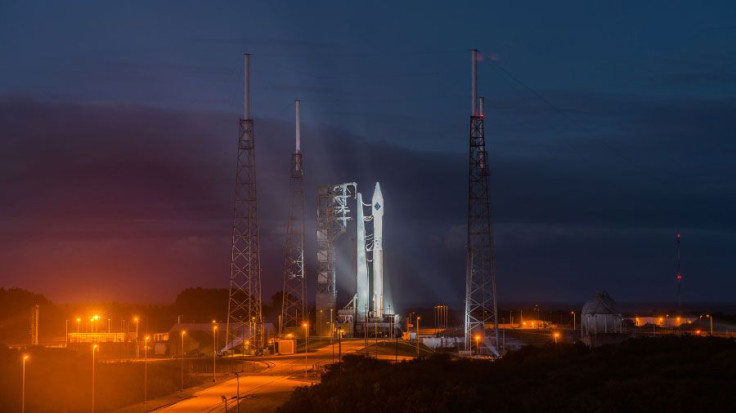NASA Sends Robots To ISS To Help Astronauts With Their Chores

NASA has developed a new robotic system meant to help astronauts do their “chores” inside the International Space Station. The robotic system will help astronauts accomplish more in a lot less time, and will soon allow for more space missions.
The system, dubbed “Astrobee,” is a free-flying robotic system composed of three cube-shaped robots with cute names: Honey, Queen and Bumble. BGR notes that these robots have already been sent to the ISS via a Northrop Grumman Cygnus spacecraft.
Functions
Astrobee can work autonomously, or can be used via remote control by astronauts, via flight controllers or by researchers on the ground. This system will help scientists and engineers develop new technologies for use in space. Specifically, it will help astronauts handle basic tasks, and provide eyes and ears to flight controllers.
Astrobee is designed to handle tasks usually done by astronauts. It can take inventory, document experiments conducted by astronauts using its cameras, or help move cargo throughout the station.
Astrobee is a first-generation free-flyer based on the “SPHERES” robots. SPHERES stands for “Synchronized Position Hold, Engage, Reorient, Experimental Satellite.” Astrobee will replace the decade-old SPHERES robots as the ISS’ main robotic test facility, helping NASA to learn more about space journeys and activities.
Features
The Astrobee system is made up of the three cube-shaped robots, software and a docking station where the robots can recharge their batteries. The robots are equipped with cameras and sensors that allow them to “see” their environment, and are able to move around the microgravity environment of the ISS via use of electric fans.
The robots have a “perching arm” they can use to grab, pick up and hold items, and hold on to handrails in order to conserve battery. Speaking of battery, the Astrobee robots can run longer than the SPHERES robots, and can function fully autonomously giving astronauts freedom to complete more tasks in a smaller period of time.
The Astrobee robots will be used for investigations needed to develop new hardware and software for future missions. They are modular and can be upgraded to perform more tasks as needed. NASA foresees that in the future, these robots will serve as spacecraft caretakers.

© Copyright IBTimes 2025. All rights reserved.





















